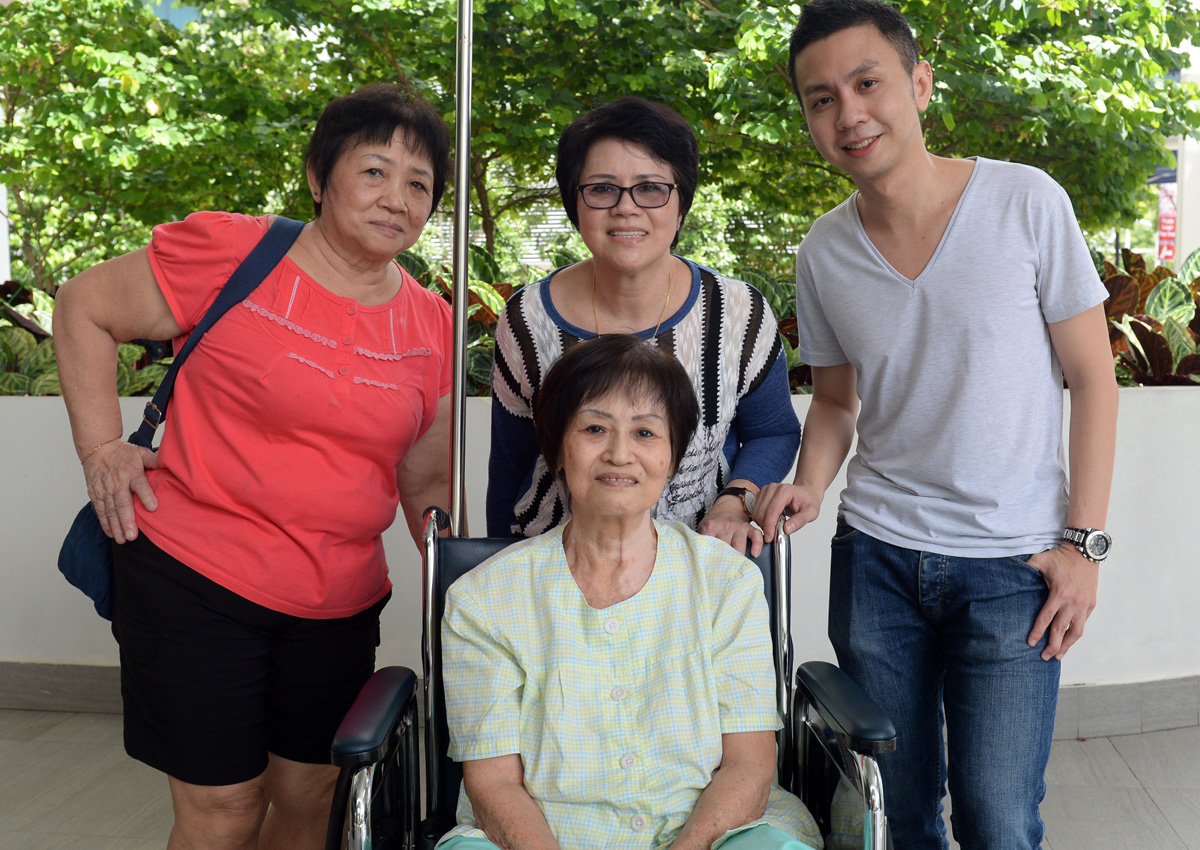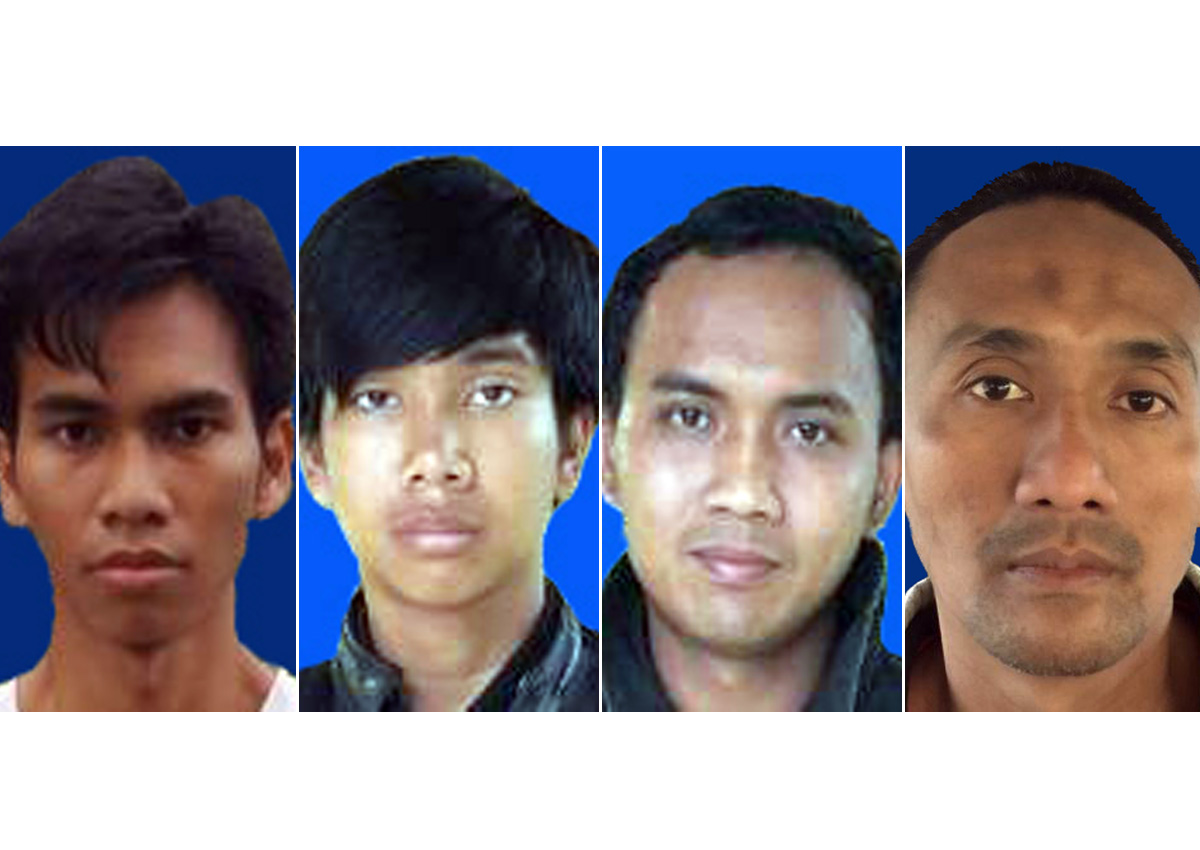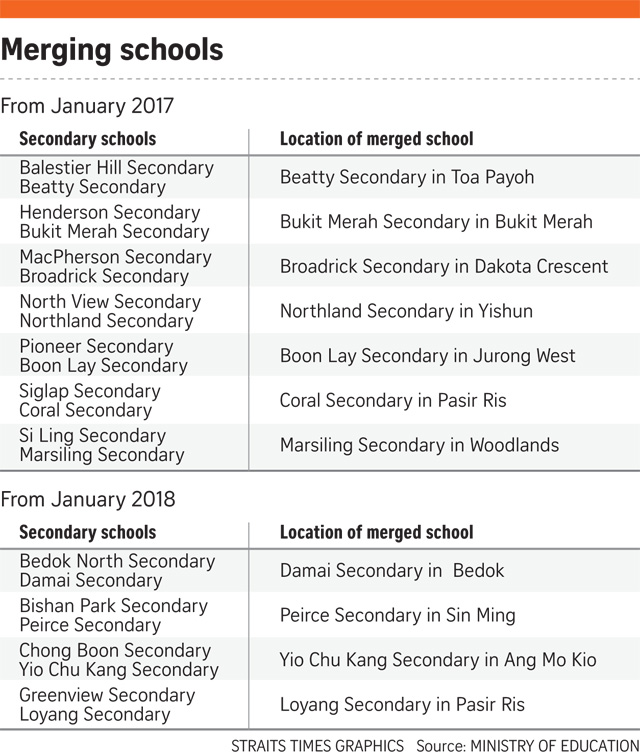Performing for the first time in S’pore, comedienne Margaret Cho is as funny as she is unafraid
Here are some of Margaret Cho’s talking points:
CITY HARVEST CHURCH & CHINA WINE
“I tried to get that church to fund my music career but it’s not going so well. I even went to Suntec City,” quipped Cho, who was Grammy-nominated for her 2010 album Cho Dependent and is set to release another titled American Myth next month.
“I feel bad for (Sun Ho). You want to stay on brand, you don’t want to stray so far into China Wine territory,” she said, referring to the high-profile church saga.
SECTION 377A
Cho did not hold back on her stand about the stated Singapore law, which criminalises sex between men.
“I’m going to protest 377A. So much attention is paid on incredible fairness and equality here but then being gay is illegal. Only d**** though. But not for women. Okay, I’m going to get caned,” she quickly said.
MADONNA’S FIRST SHOW IN SINGAPORE LAST SUNDAY
Cho could not resist poking fun at 57-year-old US pop superstar Madonna, who performed a risque two-hour show at the National Stadium last week.
“Madonna had to tone down her act… What’s the worst she’s going to do? She’s trying so hard, give her a break. She has been around forever.
“I get scared and think, ‘Oh Madonna, you need to do some of (your moves) in water. Be careful, save your joints!'”
BEING A RAPE VICTIM
Cho opened up about being sexually abused by a family member as a child after she slammed the fact that few paid attention to the alleged victims of US comedian Bill Cosby.
“Of all crimes, rape is the most vile. The worst. With murder, at least your victims are dead so they don’t feel anything. With rape, your victims are alive, living with a part of them that is dead for the rest of their lives.
“Asians are in deep denial about these kinds of stuff. It happens so much, and we want to save face. I am just a complainer, and my family is upset.
“My mother goes, ‘He already raped you… You are not special. He is very old and will die soon, so when we cremate him I can let you flip the switch.’
“I urge you all to take action and do something because the thing about sexual abuse, for me, is that it led to self-abuse,” she said, her tone only semi-joking.
THE JOKE THAT IS DONALD TRUMP
“I feel like I have to apologise, I’m so sorry he exists. We’re so close to electing him, it’s terrifying. I don’t know how he can claim white privilege when he is, in fact, orange,” she said.
Let’s be frank
A Margaret Cho show is no place for humourless conservatives.
For the Grammy- and Emmy-nominated comedienne, “political correctness” and “self-censorship” are merely foreign concepts that cannot stop her from exploring taboo topics which make prudes squirm.
The Korean-American dived right into hotly debated issues during her first of two shows here yesterday afternoon at the Kallang Theatre, to both nervous titter and boisterous laughter.
She was here as part of The psyCHO Tour.
Five minutes into her 90-minute routine before a 600-strong crowd, Cho, 47, had already poked fun at the City Harvest Church saga, Singapore’s chewing gum ban, Section 377A of the Penal Code and Madonna’s R18 debut concert here last weekend.
Cho’s own set was given an R18 rating – content aside, the snarky, sharp-witted comic pushed down her leather pants to display her large back and bum tattoo to her audience. This, after talking about a sexual abuse ordeal as a young child.
Cho is as funny as she is unafraid, often engaging in self-admonishment she does not quite mean.
“I’m going to get caned… (that joke means) double swords (for me). I should get a fine. Hopefully there are some government representatives here,” she said, tongue-in-cheek.
And again, later, she said that if she were to be caned for running her mouth, “it would be kind of kinky and hot”.
“I need a safe word, I think. Or not?” she said, straight-faced.
Other topics such as Donald Trump, Bill Cosby, Asian stereotypes, the LGBT community and religion were also part of her show before she closed it with a performance of her songs (I Want To) Kill My Rapist and Fat P****.
Laughter was aplenty throughout her performance but keen members of her audience noted that Cho was also grabbing serious issues no one wants to talk about by the horns and forcing the crowd to face them head-on.
“She did a lot of research about Singapore and knows her audience well,” local actress and comedienne Haryani Othman, 37, told The New Paper on Sunday after the matinee show.
“She can explore something dark, like being raped, in her comedy.
“Some darker parts like that were met with dead silence because they probably made people uncomfortable. I guess some audience members are not used to it. But come on, take a chill pill.”
Civil servant Jolene Lim, 25, was another person who enjoyed Cho’s performance.
“It is different from what we are usually offered in Singapore,” she said.
“It is refreshing, we tend to steer clear of such topics here because we think they’re sensitive.”
ashikinr@sph.com.sg

This article was first published on March 6, 2016.
Get The New Paper for more stories.
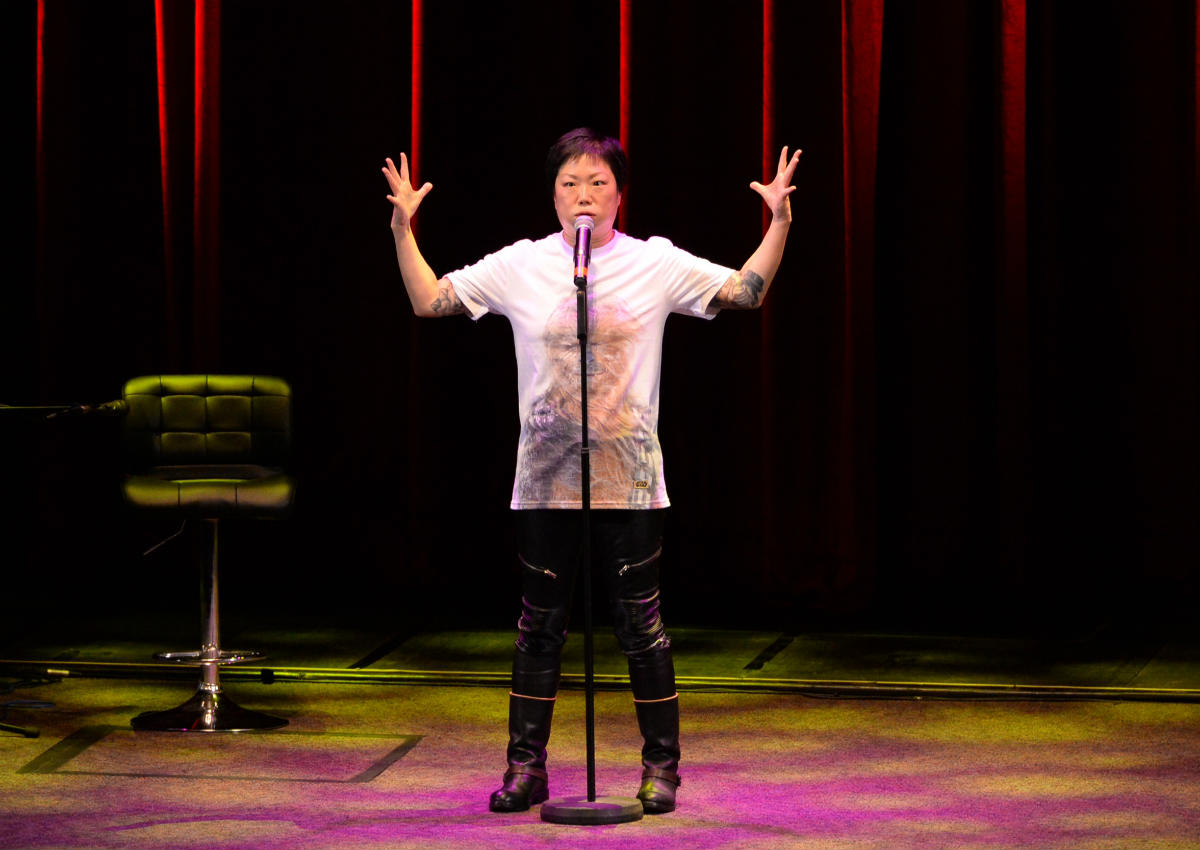





































































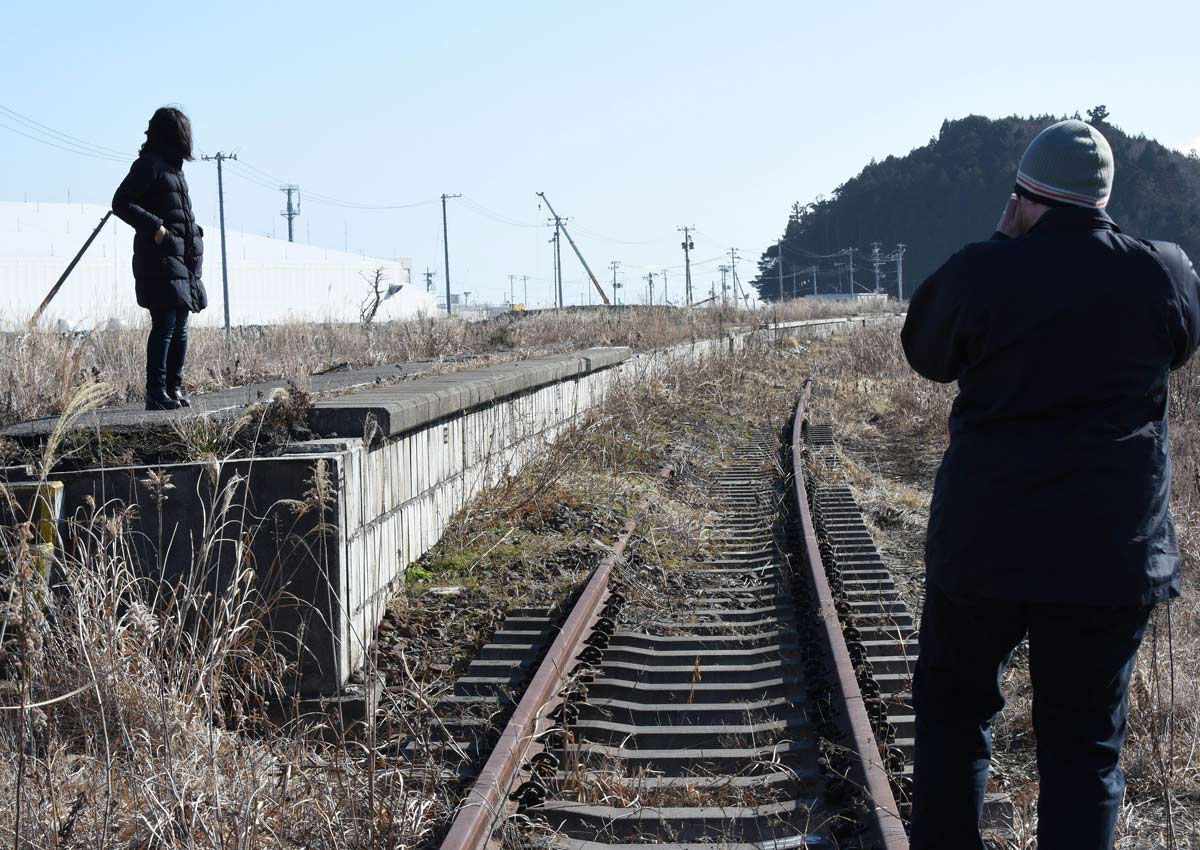
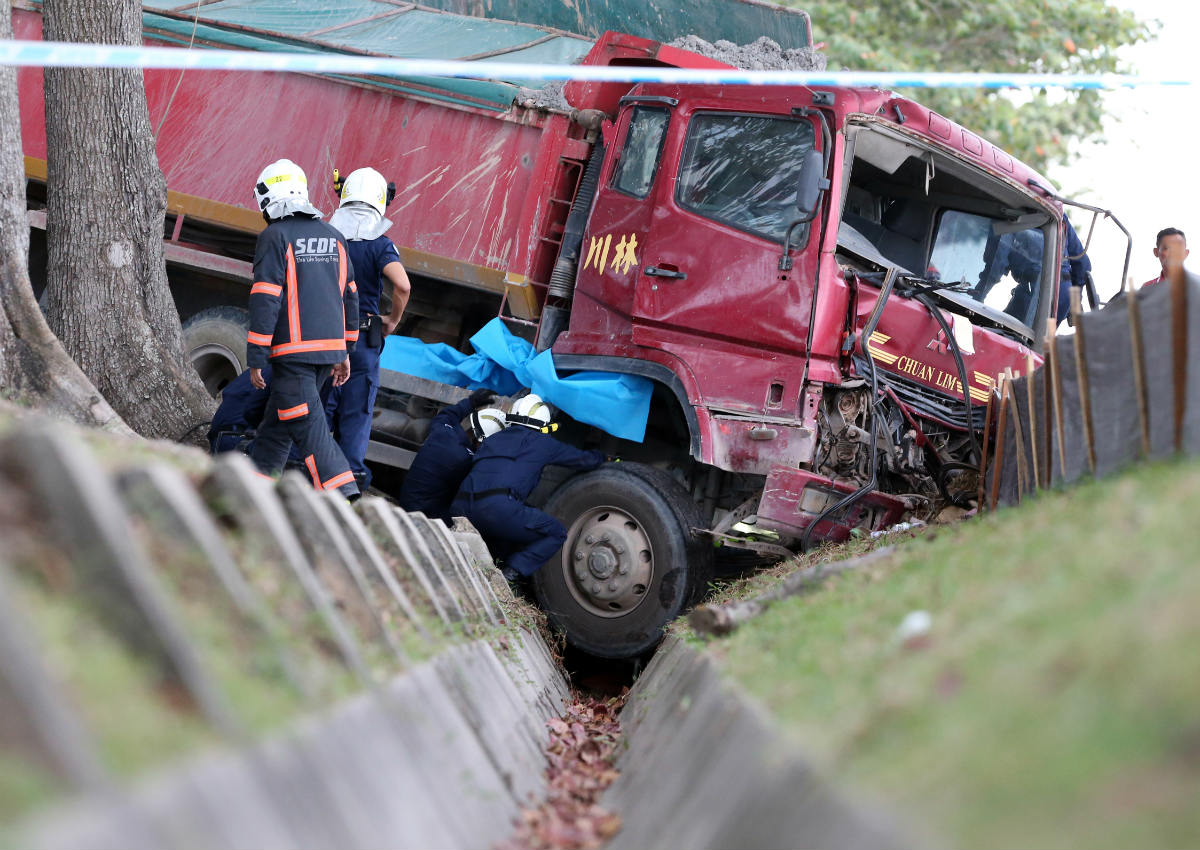
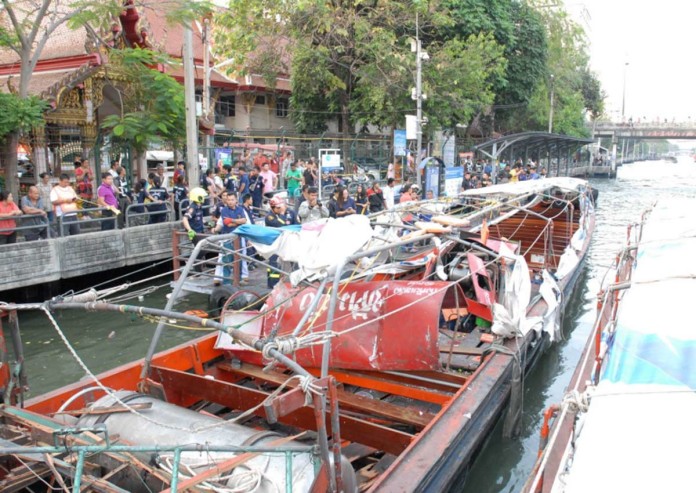
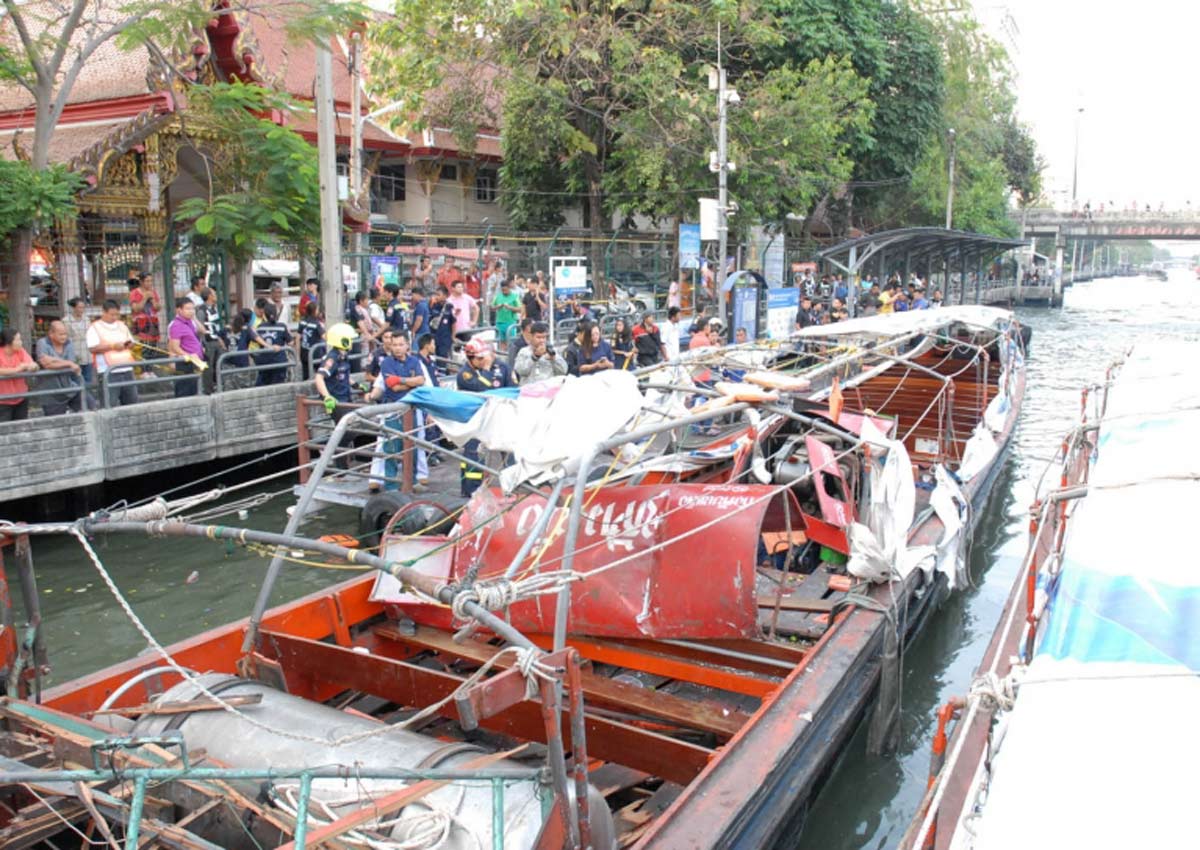


 SINGAPORE – About 11,000 participants on Sunday (Mar 6) morning raced down the Rail Corridor for the last edition of the Green Corridor Run.
SINGAPORE – About 11,000 participants on Sunday (Mar 6) morning raced down the Rail Corridor for the last edition of the Green Corridor Run. Her legs were swollen – with some parts rotting away – because of a severe bacterial infection, and she could hardly walk.
Her legs were swollen – with some parts rotting away – because of a severe bacterial infection, and she could hardly walk.